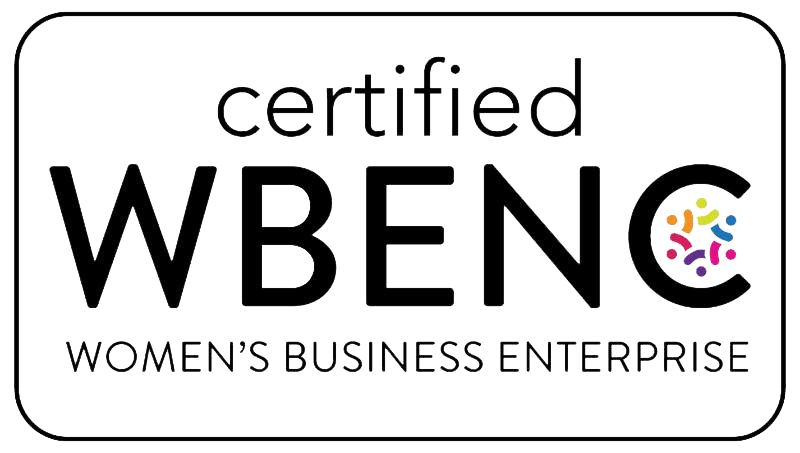Continuous Evaluation and Improvement: Keeping Your Learning Program Effective and Relevant
Personalized learning is one of the most effective tools organizations can use to enhance employee development. By tailoring training programs to the unique needs of individuals, companies can ensure their teams acquire the skills they need to thrive. However, even the best-designed programs require regular evaluation and refinement. Why? Because what works for one employee or team may not work for another, and the needs of your workforce will inevitably evolve over time.
Continuous evaluation and improvement of your personalized learning program ensure that it remains relevant, impactful, and aligned with both employee goals and organizational priorities. Here’s why this process matters and how to implement it effectively.
Why Continuous Evaluation Matters
Training programs are not static. As technology advances, industries change, and organizations grow, your learning initiatives must adapt. Without regular evaluation, even a well-designed program can become outdated or lose its effectiveness.
Here’s why continuous improvement is essential:
Adapting to Changing Needs: Employee roles, skill requirements, and career goals shift over time. A static training program risks becoming irrelevant, leaving employees disengaged. Regular evaluation ensures your program evolves alongside your workforce.
Maximizing Effectiveness: Certain aspects of your program may resonate more strongly with some learners than others. Evaluation helps identify which elements are working well and which need adjustment to better meet diverse learning styles.
Aligning with Organizational Goals: As business objectives change, your training program must align with new priorities, ensuring employees have the skills needed to support organizational growth.
Encouraging Engagement: When employees see that their feedback is used to improve training, they feel valued and are more likely to stay engaged with the learning process.
Steps for Continuous Evaluation and Improvement
1. Gather Feedback from Learners
The most valuable insights often come directly from employees. Provide multiple opportunities for them to share their experiences, such as:
Post-Training Surveys: Gather immediate reactions to specific modules or courses.
Focus Groups: Host discussions to dive deeper into employees’ thoughts on the program.
Anonymous Feedback Forms: Allow employees to provide candid feedback without fear of judgment.
Ask targeted questions like:
• What did you find most useful about this training?
• Were there any topics or formats that didn’t work for you?
• How can we improve the learning experience?
2. Analyze Data and Metrics
Use data to measure the effectiveness of your program. Learning Management Systems (LMS) can track completion rates, assessment scores, and engagement levels. Look for patterns in the data to identify strengths and weaknesses.
Key metrics to monitor include:
Completion Rates: Are employees finishing the courses?
Assessment Scores: Are learners demonstrating improved knowledge or skills?
Engagement Levels: How much time are employees spending on the training, and are they returning to the material?
3. Incorporate Stakeholder Input
Managers and team leaders often have a unique perspective on how training impacts job performance. Engage them in the evaluation process to ensure the program supports broader team and organizational objectives.
4. Iterate and Refine
Use feedback and data to make targeted changes to your program. Start small by addressing specific pain points and measure the impact of those changes before rolling out larger updates.
Examples of refinements include:
• Adjusting the format of modules to better suit different learning styles.
• Adding or removing content based on learner needs.
• Updating course material to reflect industry trends or new organizational goals.
5. Communicate Changes
When you update your program, communicate those changes to employees. Explain how their feedback influenced the improvements, reinforcing a culture of collaboration and continuous growth.
The Benefits of Regular Refinement
By committing to continuous evaluation and improvement, you can:
Keep Learning Relevant: Ensure your program meets current needs and aligns with future goals.
Boost Engagement and Retention: Employees are more likely to engage with training that feels tailored and responsive.
Drive Better Results: An optimized learning program produces measurable improvements in skills, productivity, and job satisfaction.
MYCA Learning: Your Partner in Continuous Improvement
At MYCA Learning, we believe personalized learning is a journey, not a destination. Our team can help you design, evaluate, and refine your learning program to ensure it evolves alongside your employees and your business.
From implementing feedback systems to leveraging advanced analytics, we provide the tools and expertise needed to create a dynamic, responsive learning experience. With MYCA Learning, you can stay ahead of the curve and empower your team to achieve lasting success.
Stay Ahead with Continuous Improvement
A personalized learning program is only as effective as its ability to adapt. By making regular evaluation and improvement a priority, you can ensure your training remains impactful, engaging, and aligned with your organization’s goals.
Ready to take your learning program to the next level? Contact MYCA Learning today to get started. Together, we can build a smarter, more effective future for your workforce.


